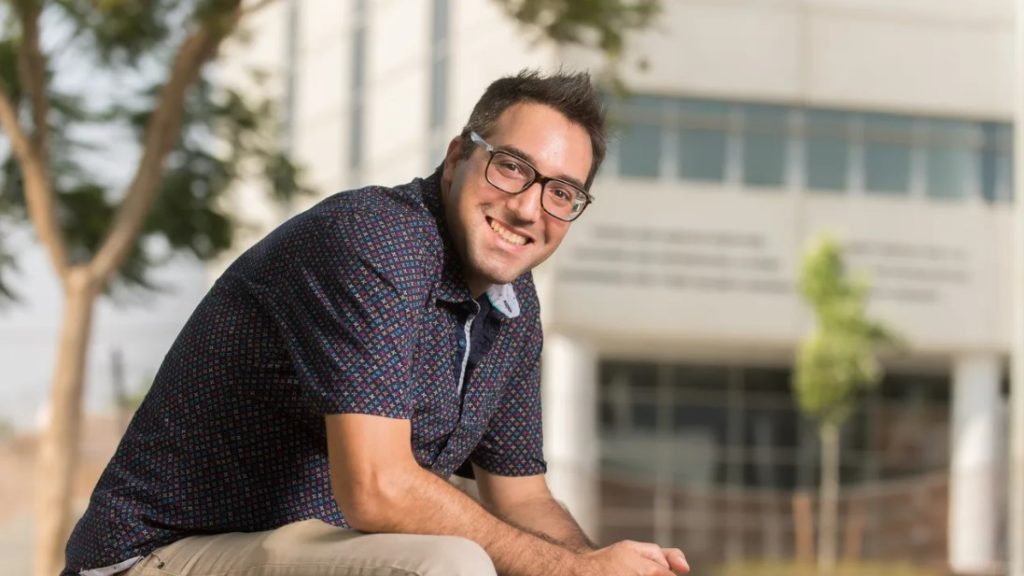
BGU Cyber Experts Predict 911 Hack
BGU Cyber Experts Predict 911 Hack
November 1, 2016
The Washington Times — Authorities in Arizona say a teenage hacker disrupted the emergency 911 system for the Phoenix metro area and surrounding states with a malicious link shared on social media.
This comes shortly after a paper was published by researchers at BGU’s Cyber Security Research Center warning of vulnerabilities in the life-saving system. The Arizona hack occurred almost exactly as the researchers predicted it could — with an overflow of fake calls.
“Because call centers and routers around the country often operate at near capacity under normal conditions, increasing the volume of calls by just a small percentage can overwhelm them,”BGU cyber security expects Mordechai Guri, Yisroel Mirsky, and Prof. Yuval Elovici warn in the paper.

BGU researchers warn that only a few thousand compromised phones could cripple the 911 emergency system throughout entire states.
In the recent attack, police in Surprise, Arizona received over 100 emergency calls within minutes, putting the system in immediate danger of losing service. The calls were coming from a malicious link hosted on the website of Meetkumar Hiteshbhai Desai, an 18-year-old programmer in the area.
In addition to nearly crippling the 911 system used by police in Surprise, authorities say the malicious link resulted in bogus calls being similarly placed with the Peoria Police Department, the Maricopa County Sheriff’s Office and agencies in California and Texas.
To prevent similar attacks in the future, Guri, Mirsky and Prof. Elovici recommend creating redundancy in 911 networks so that a single router can’t become a major point of failure. In addition, federal authorities could tell carriers they no longer have to process calls from phones that aren’t attached to a service plan, which are untraceable and a persistent source of fake calls.



